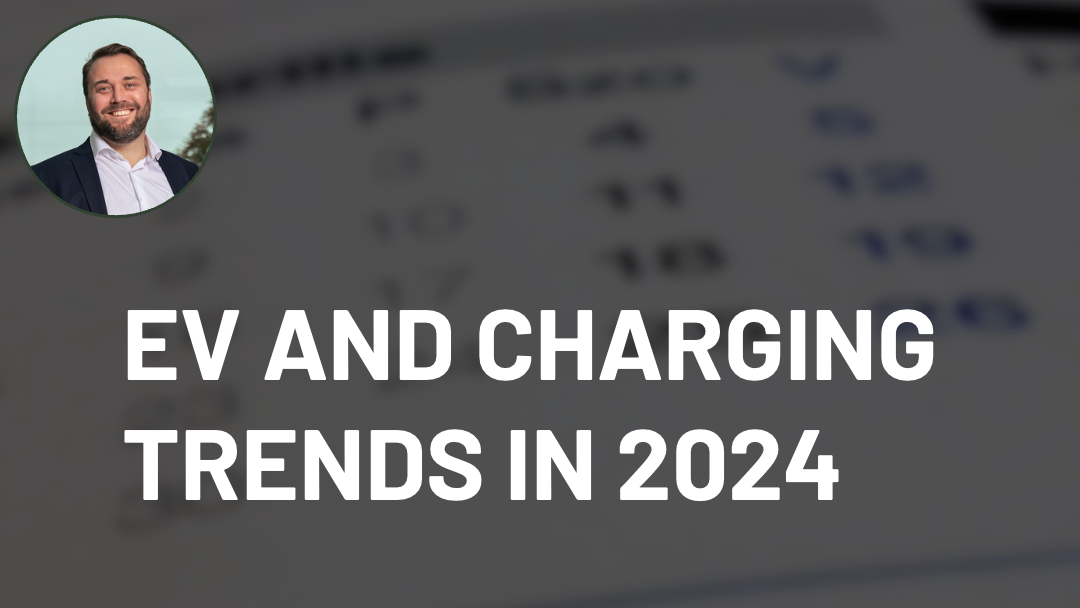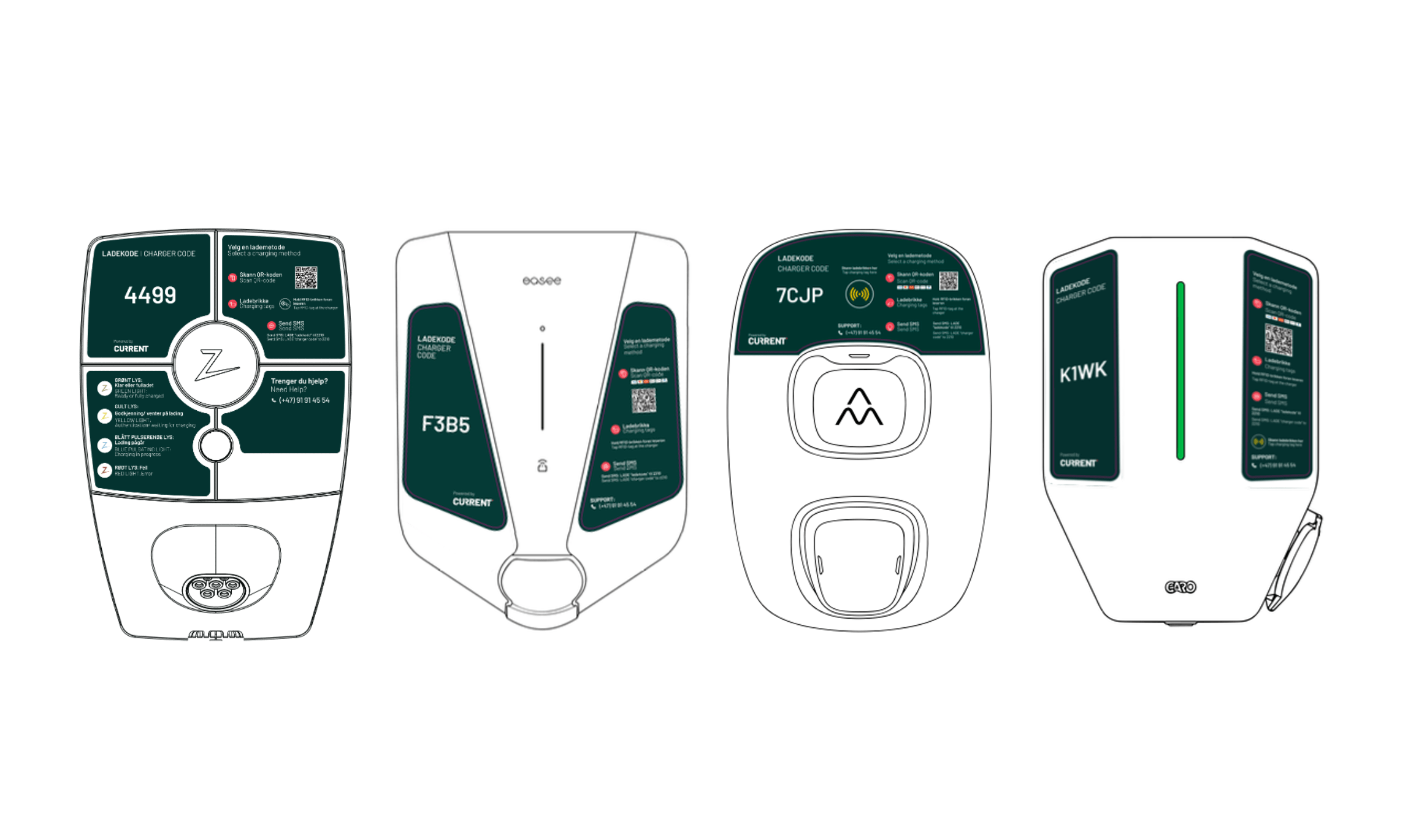CURRENT has installed Norway’s first Vehicle-to-Grid (V2G) solution together with Statsbygg, demonstrating how electric vehicle batteries can become valuable resources for the power grid and building owners. The EV battery is a distributed energy resource that can be used as an asset in the smart grid.
At Statsbygg’s site, the EV battery stores electricity that can either be used as flexible resources in the power grid or reduce power peaks for the buildings/grid operator, as well as propulsion for the EV.
The Minister of Climate and the Environment at the time, Ola Elvestuen, was invited to the first official charge and discharge of the system at CURRENT, which will help transform energy operations and mobility for Norway.
– This is great news and opens exciting possibilities for the future. Electric cars will be of use also when parked as an integrated part of smart energy systems, says the Minister.
CURRENT has been part of the future Smart Grid solutions within an ongoing research and development project at Campus Evenstad under the auspices of Statsbygg.
Reducing CO2 emissions
With the objective of reducing the carbon footprint for public buildings, Statsbygg (in collaboration with Multiconsult) has been researching innovative energy technologies, and how to integrate electric vehicle car batteries into the power grid. Nissan Europe delivered the two-way charging system for the project, and CURRENT delivered the software solution.
During a test in October 2020, for the first time in Norway, it was demonstrated that we can transfer electricity from an electric car to the power grid.
A Nissan Leaf was connected to a two-way charger and supplied the electric plant at Campus Evenstad with 9.5 kW of power. CURRENT has developed and delivered the remote control system, SmartCharge.
– With this equipment and the remote control system, CURRENT has demonstrated that in the long term, the batteries of electric cars can be used actively as a flexible resource of the power grid. With SmartCharge, the charging station operator can control the energy flow and peak optimise the EV charging, providing better services to the whole ecosystem, says Åsmund Møll Frengstad, founder and Commercial director at CURRENT.
The solution installed at the Statsbygg site could, for example, be used for peak shaving during the day, where the capacity of the EV power bank is utilised in cooperation with local production and the consumption of energy from EVs and the buildings, or as an uninterruptible power supply for the buildings in case of a power outages.
The locally produced power from solar cells can charge the car during the day, while the battery in the car can supply power at night. The surplus energy from solar cells can be stored in the batteries and be used when needed to reduce baseloads and peaks, continues Møll Frengstad.
This technology has created a foundation for E-mobility to become a part of the energy vertical. This means that in the future, the EV vertical can be utilised for:
- Flexible energy resources in the grid, by connecting electric vehicles that will be an integrated and important asset in the power supply in the national and regional grid and energy systems. The resources can optimise the operation of power grids, and postpone costly investment regarding max peak in the grid.
- Capitalising investments for EV and charging station owners, which can enable a revenue stream from existing investments by utilising the car battery and the chargers.
About CURRENT
CURRENT unleashes the potential of energy with next-level charging solutions for your business needs. Our intelligent, cloud-based and hardware-agnostic platform spans EV operations, energy management, extensive billing capabilities, and home, public and workplace charging. Generating profits with a scalable and flexible solution fully certified by the Open Charge Alliance, you can create a sustainable charging business with CURRENT.
Based in Oslo, Norway, CURRENT’s passionate team of energy experts and engineers currently serve customers in 5 countries, and we are growing fast. Today, CURRENT manages thousands of EV chargers, used by more than 50,000 EV drivers monthly, and counting.
Our customer list includes strong brands such as Ladeklar, Fjordkraft, Wennstrom, Datek and Bravida.



